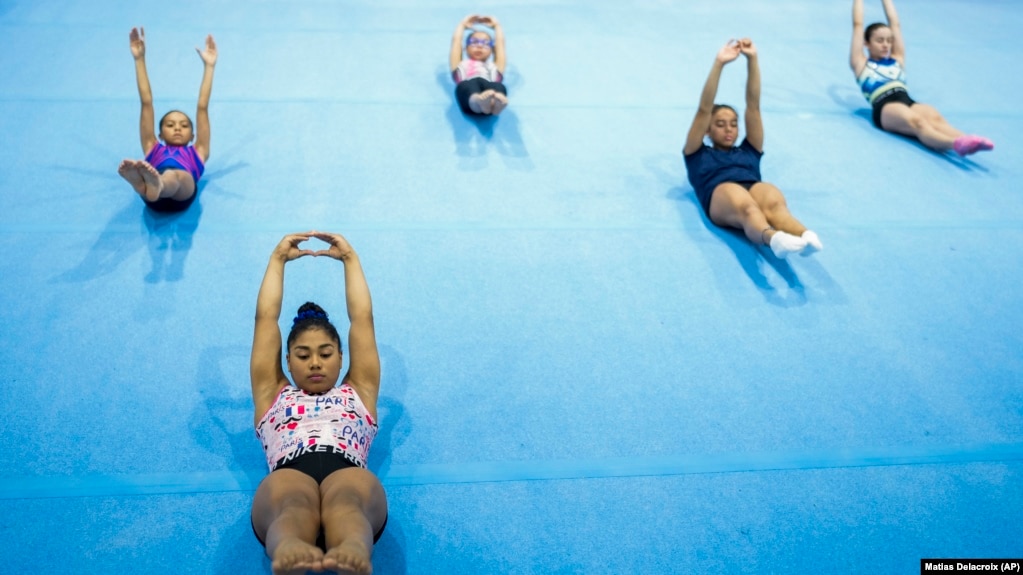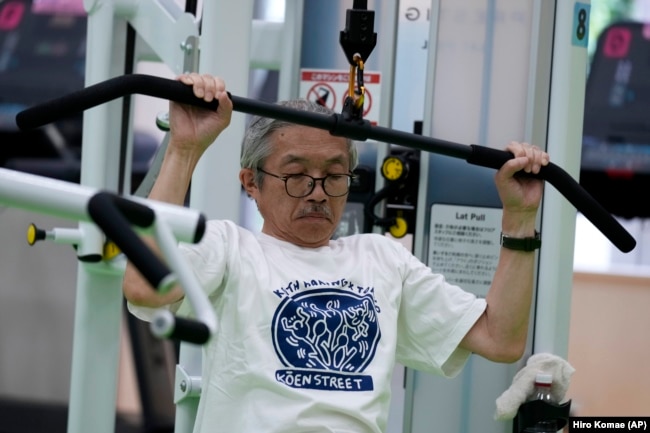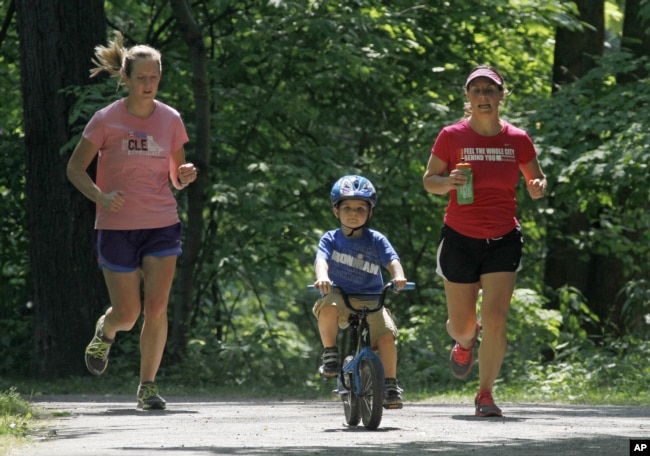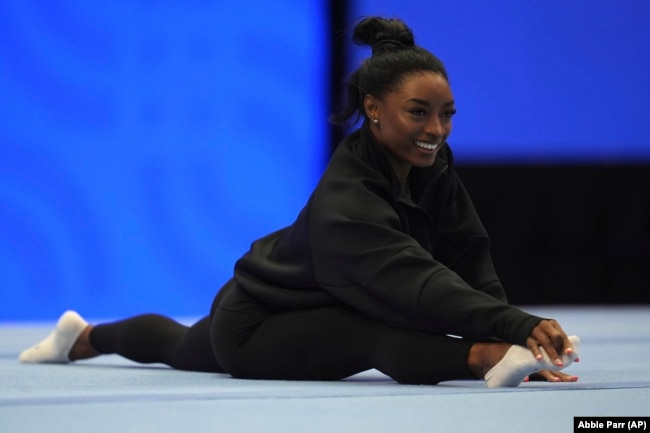AUDIO
For Exercising, When and How Should You Stretch?

Years ago, the traditional advice was to do some stretching before exercising. Over the years, that advice changed to stretching after exercising. It turns out that both advice can be true. And that can lead to some confusion.
Stretching can help make you more flexible. The more you stretch, the more you improve the range of motion in your joints. This not only feels good, but it also can prevent injury and lead to better physical results.
David Behm researches human body movements at Memorial University of Newfoundland in St. John’s, Canada. Speaking with the Associated Press, he offers advice on when to stretch and how to do it safely.
Warm up first
It is almost always good to stretch. However, Behm, says it is better if you warm up first. He suggests light aerobic activity such as jogging, walking or cycling for five to 10 minutes.
He suggests to follow that warm-up movement with static stretching. This traditional way of stretching involves reaching your body into different positions and holding them for about one minute each.
Then you can do dynamic stretching related to specific exercises or activities. This is where you warm up the muscles with repeated movements like leg lifts.

Expand your definition of ‘stretching’
Should you always stretch before exercising? If it is traditional static stretching, not necessarily, Behm says.
The better questions, he says, are, “Should people increase their range of motion? Should people have better flexibility? And that is yes, because it helps prevent injuries. It helps with health. But you don’t have to stretch to achieve that.”
Resistance training, for example, can be an effective form of stretching. Doing a chest press increases range of motion in your arm and chest muscles. Whether you use barbells, dumbbells or machines, there is no need to stretch beforehand. However, Behm warns to start with a small amount of weight to warm up and then add more to train.
He adds that you do not need to stretch first if you are going for a short run. Simply start with a slow jog to warm up and then increase the speed.

Don’t do it if it hurts
After exercise, light stretching is fine, as long as you do not feel pain, Behm says. Because your muscles will be warm by that point, overdoing it makes you more likely to injure yourself.
Foam rollers can help with muscle recovery and have been shown to increase range of motion as well as stretching.
Do some static stretching before sports
If you’re playing a sport, Behm says, static stretching beforehand helps reduce muscle and tendon injury.
Sports like gymnastics, ice skating, and golf require a great range of motion. For these activities, he suggests extra stretching specific to those sports.
“If you’re going to do an explosive movement, change of direction, agility, sprint, any of these explosive activities that involve your muscles and tendons,” he said, “you’re going to be stronger if you do static stretching.”
People can especially get in trouble when they go back to a sport they used to play. Stretching can prepare muscles that may be out of shape. Also, he says to stretch both sides of your body equally. Lacking flexibility on one side also can lead to injury.

Sounds simple. Why all the confusion?
Different studies over the years have led to different advice about stretching before exercise. Behm says that is partly because some studies did not consider real-life conditions. Also, some researchers designed studies with high-performance athletes in mind and not regular people.
“If you’re Usain Bolt, it makes a difference,” he said. For the rest of us … not so much.
________________________________________________
Words in This Story
flexible – adj. capable of being bent
range of motion – n. the extent or limit to which a part of the body can be moved around a joint or a fixed point
aerobic – adj. of, relating to, or being activity which increases the body's demand for oxygen thereby resulting in marked temporary increase in respiration and heart rate
static – adj. standing or fixed in one place
dynamic – adj. always active, moving or changing
tendon – n. a tough cord or band of dense white connective tissue that links a muscle to some other part (as a bone)
agility – n. the quality or state of being able to move quickly and easily
https://learningenglish.voanews.com/a/for-exercising-when-and-how-should-you-stretch-/7734348.html